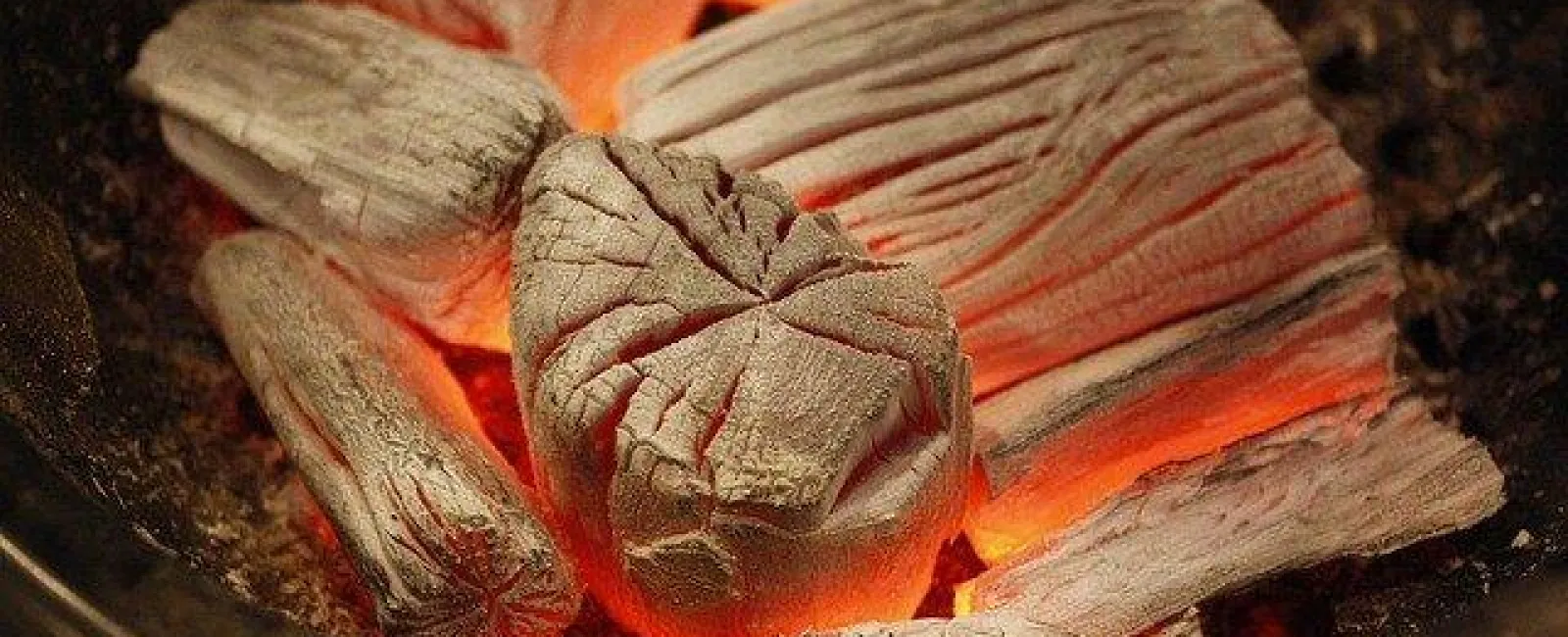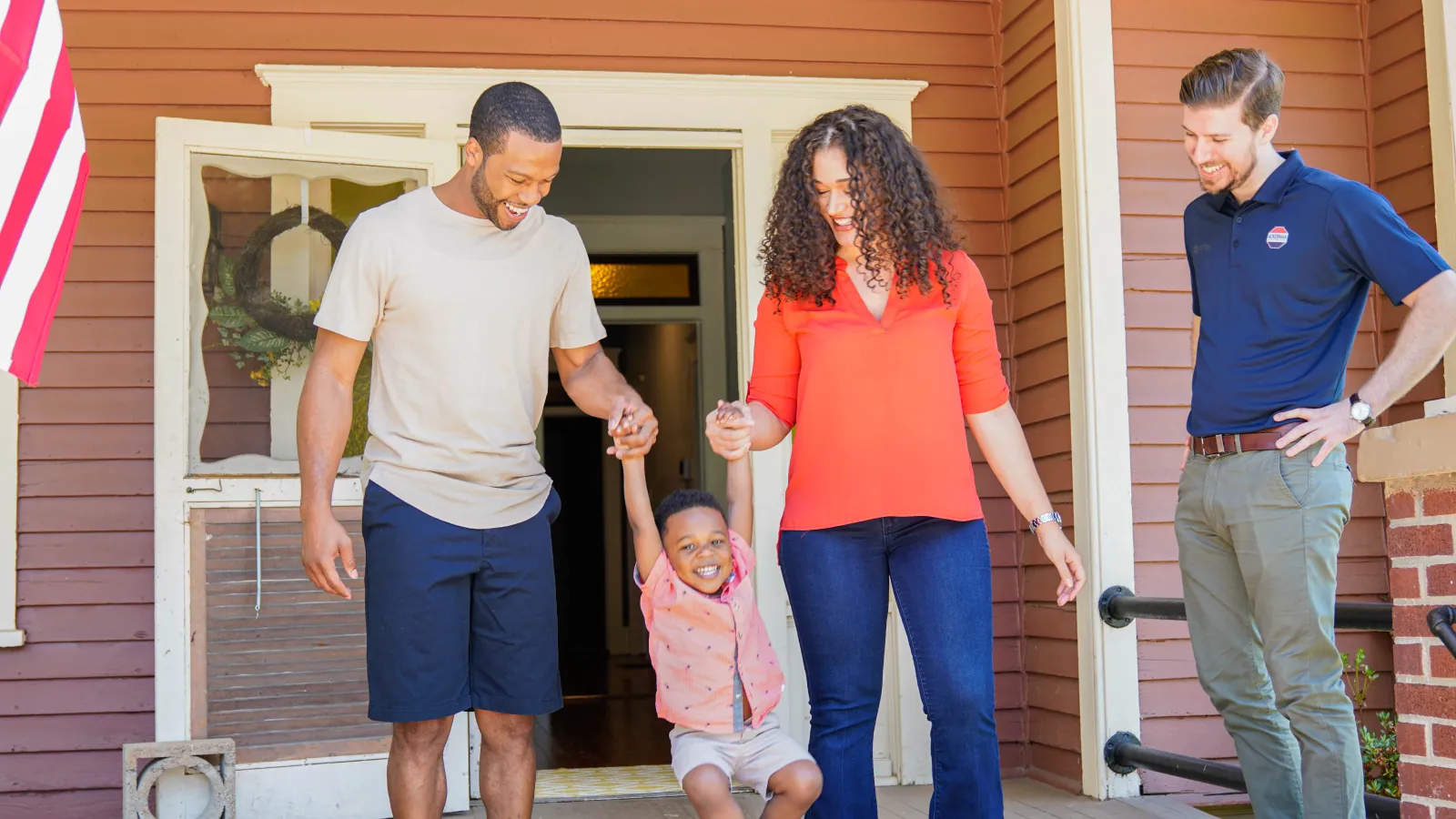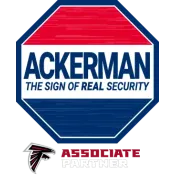As temperatures drop, furnace usage rises, meaning you're at greater risk to encounter these 3 dangerous furnace issues.
1) House fire
Caused by: Placing flammable items near your furnace.
Furnaces are usually stored in out-of-the-way areas like your basement or attic. Unfortunately, those areas are also where homeowners often store flammable items that could potentially cause a fire.
How to prevent this problem:
- Keep the area around your furnace clear of flammable items like paint thinners and gasoline.
- Test your fire detectors to make sure they work (just in case a fire does break out)
2) Explosion
Caused by: A gas leak
If you have a gas furnace, even a small gas leak can create massive destruction.
For example, in 2014, a suburban Chicago house exploded due to a gas leak, causing about $150,000 worth of damage and sending the homeowner to an area Intensive Care Unit.
Gas leaks can be caused caused by leaky fittings on pipes as well as corroded or cracked pipes, according to ConEdison. Once gas leaks into the home, all it takes is flipping or operating anything electronic to trigger an explosion.
How to prevent this problem:
- Get a furnace tech to tune-up the furnace once a year, preferably in the fall.
3) Carbon monoxide poisoning
Caused by: Heat exchanger crack or a blocked exhaust (flue) pipe.
Known as the "Silent Killer," Carbon monoxide (CO) is an odorless, colorless gas than can kill. Your furnace creates CO every time it runs and safely exhausts it out your home.
However, if the furnace's heat exchanger cracks or the exhaust pipe gets blocked (like by a bird nest), CO will invade your home and poison your family. And if you're asleep? You literally won't see it coming.
According to the Centers For Disease Control and Prevention, "Each year, more than 400 Americans die from unintentional CO poisoning not linked to fires, more than 20,000 visit the emergency room, and more than 4,000 are hospitalized."
How to prevent this problem:
- Check your furnace filter every month and change it as needed. When the filter gets too dirty, it blocks air over the heat exchanger, causing it to overheat and crack.
- Get furnace maintenance annually from your local furnace technician
- Place carbon monoxide detectors on each floor of your home. These detectors will sound an alarm if dangerous levels of CO are in your home.
- Minimize these dangerous problems with home automation
Minimize these problems with home automation
Let's say, despite all your attempts to prevent a fires, one still breaks out. You can minimize damage to your home—and protect your loved ones—with home automation.
For example, if you have smart fire detectors, smart locks and smart lights, they can trigger a series of events like:
- Call the fire department.
- Turn the lights on so you can find your way out.
- Turn off the air handler to prevent the spread of the fire.
- Unlock the front door so firefighters can easily get in (and you can get out).
A similar setup happens if a CO detector detects CO.






